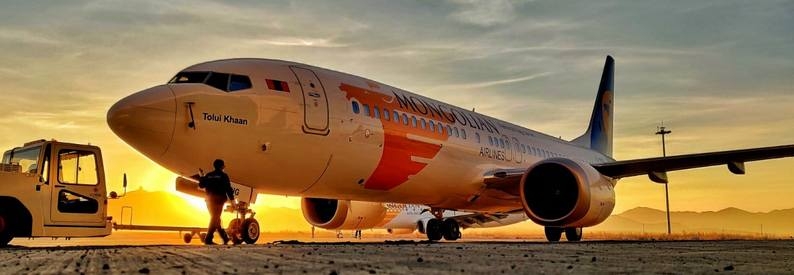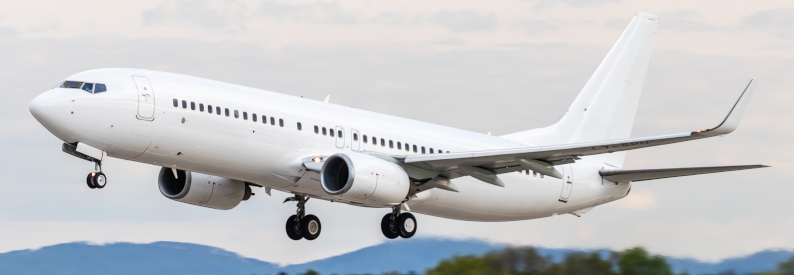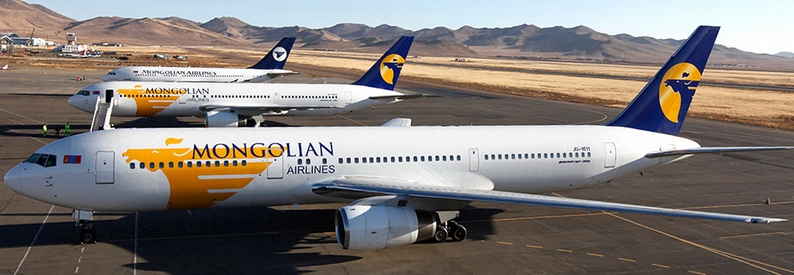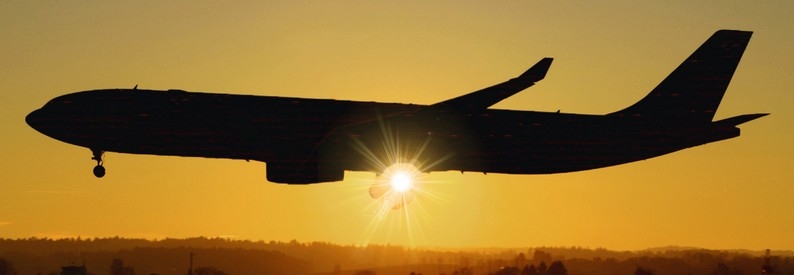Mongolia’s new Ulaanbaatar International airport has officially opened for commercial operations in what is being hailed a significant development for the economic growth of the landlocked country in north-central Asia.
Speaking during the July 4, 2021, opening ceremony, Mongolian President U.Khurelsukh said the new airport, situated 50 km south of the capital Ulaanbaatar, would boost air logistics hub growth and hoick tourism and the economy.
The inaugural commercial flight from the new airport was conducted by flag carrier MIAT - Mongolian Airlines (OM, Ulaanbaatar) to Tokyo Narita, Japan, using a B737-800.
Originally scheduled to commence operations in 2020, the opening was delayed because of COVID-19, with Mongolia only having resumed scheduled international traffic on June 1 since going into lockdown in February last year.
Politically seen as a symbol of Japan’s longstanding economic support to Mongolia, the new airport has cost JPY65.657 billion yen (USD595.8 million), 90% financed through a loan from the state-owned Japan International Cooperation Agency (JICA) and 10% by the Mongolian government. The project is a joint venture between the Mongolian government and Japanese firms, including Mitsubishi Corporation, Narita International Airport Corporation, Japan Airport Terminal Company, and aviation services provider JALUX. A Mongolian-Japanese joint venture company, New Ulaanbaatar International Airport LLC (NUBIE), holds the concession to manage the airport for the next 15 years.
All international and domestic commercial flights to Mongolia will from now on operate through Chinggis Khaan International Airport. Airlines operating to/from there include MIAT, Aero Mongolia, Hunnu Air, Eznis Airways, Air China, Aeroflot, Turkish Airlines, Korean Air, Asiana Airlines, Air Busan, and SCAT Airlines.
First commissioned in 2013, the new airport has capacity for three million passengers and 11,900 tonnes of cargo per year. Facilities include, amongst others, a 35,300 sqm passenger terminal; one runway measuring 3,600 x 45m; a passenger apron of 104,200 sqm; 24 aircraft parking bays; 8,000 tons of fuel storage space; and a 43m high air traffic control tower.
Meanwhile, the old airport, Ulaanbaatar, will be used for general air transport development and training. By July 9, all airline assets had been transferred from the old airport, according to news reports.
Opened in 1957, Buyant-Ukhaa International Airport presented significant challenges, which resulted in the relocation. Its geographical position surrounded by mountains meant it could only be approached from one direction. The airport also experienced frequent flight cancellations because of low visibility from smoke and occasional adverse wind direction, especially in winter.








